
Recent studies reveal North America has lost approximately 3 billion birds since 1970, marking a 29% decrease in avian populations. This decline spans various species and habitats, signaling a significant ecological concern.
Habitat Loss: The Primary Culprit
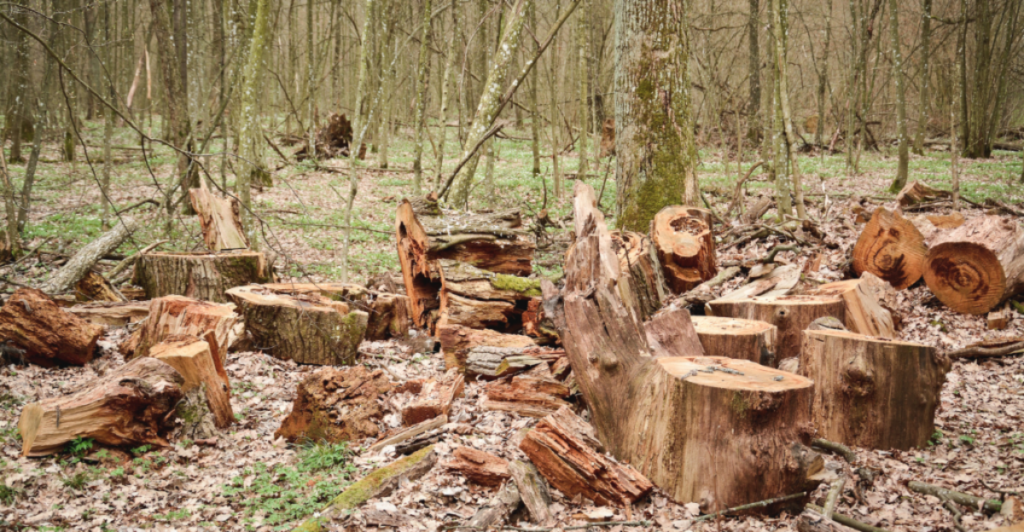
Habitat loss is the most significant driver of bird population declines, primarily due to agricultural expansion, urban development, and deforestation. As natural habitats are converted for human use, birds lose essential nesting sites and food sources, reducing survival and reproduction rates.
Climate Change: A Growing Threat
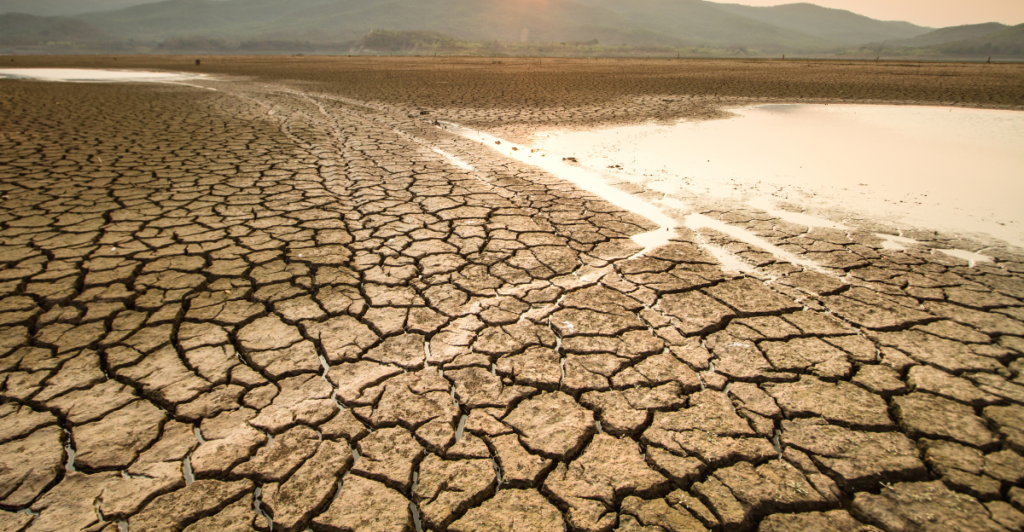
Climate change exacerbates challenges for bird populations by altering habitats and disrupting migratory patterns. Shifts in temperature and precipitation can lead to mismatches between birds and their food sources, affecting breeding success and survival.
Predation by Domestic Cats
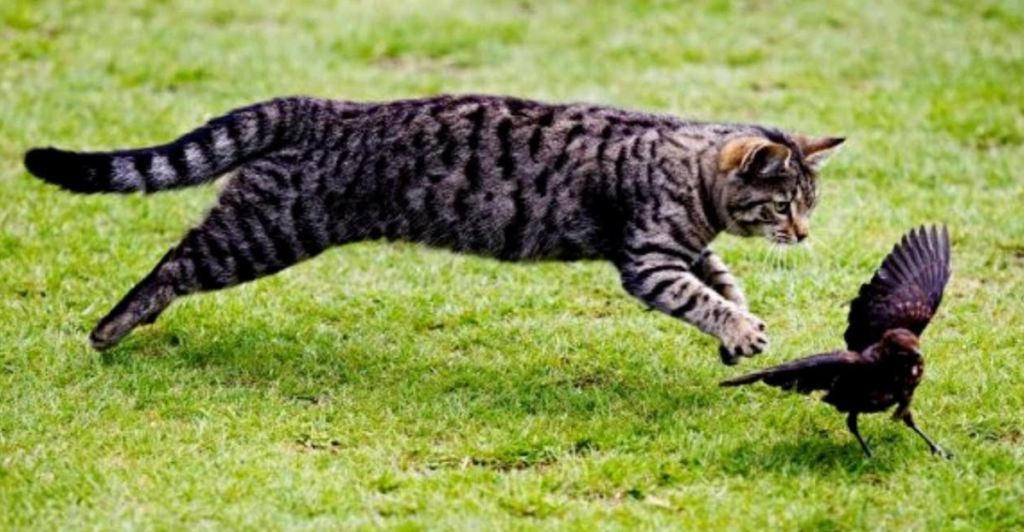
Both feral and pet domestic cats are estimated to kill approximately 2.4 billion birds annually in the U.S. and Canada. This significant predation pressure contributes notably to the decline of various bird species.
Window Collisions: An Overlooked Hazard

Birds often collide with windows, mistaking reflections for open sky or vegetation. These collisions result in up to 1 billion bird deaths annually in North America, highlighting the need for bird-friendly building designs.
Pesticide Exposure: Indirect Consequences
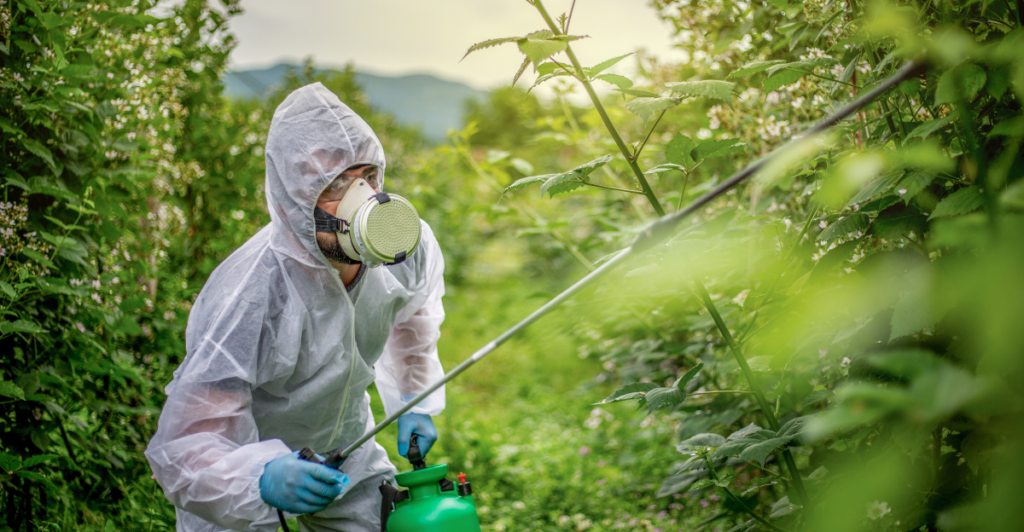
Pesticides in agriculture can indirectly harm birds by reducing insect populations, a food source for many species. This decline in food availability can lead to decreased reproductive success and survival rates.
Industrial Hazards: Power Lines and Towers
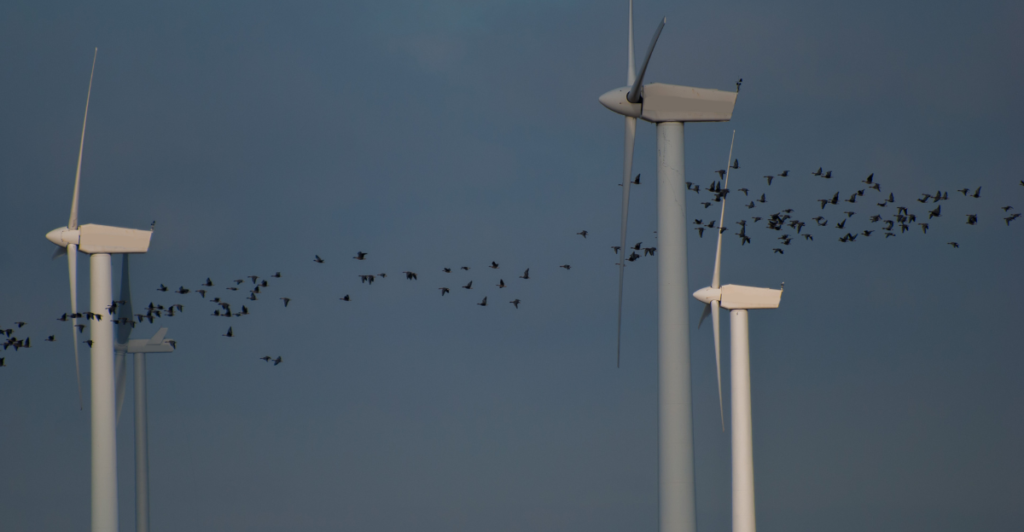
Collisions with power lines, communication towers, and wind turbines contribute to bird mortality. These structures pose significant threats, especially during migration when birds travel long distances.
Disease Outbreaks: Emerging Challenges
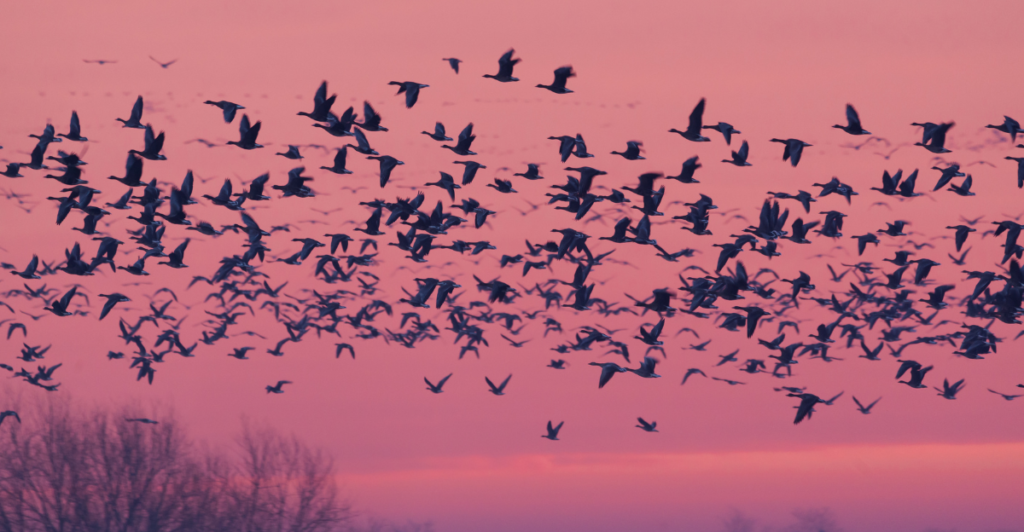
Diseases such as avian influenza have impacted wild bird populations, leading to significant mortality events. Monitoring and managing these outbreaks are crucial for conservation efforts.
Decline in Specific Species: A Closer Look
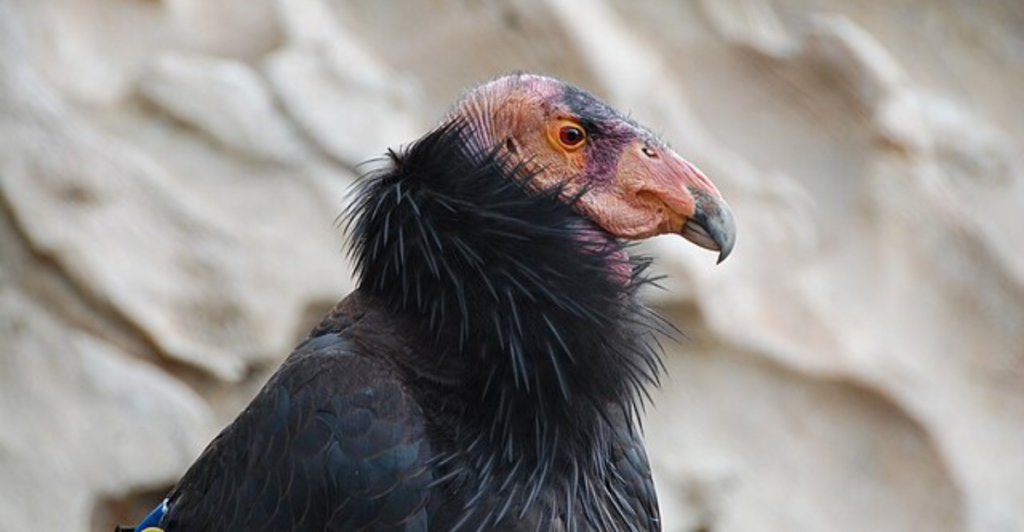
Recent reports highlight that at least 112 North American bird species have experienced population declines of 50% or more over the past 50 years. Notably, once considered a conservation success, duck populations have decreased by 30% since 2017.
Conservation Success Stories: Hope Amidst Decline
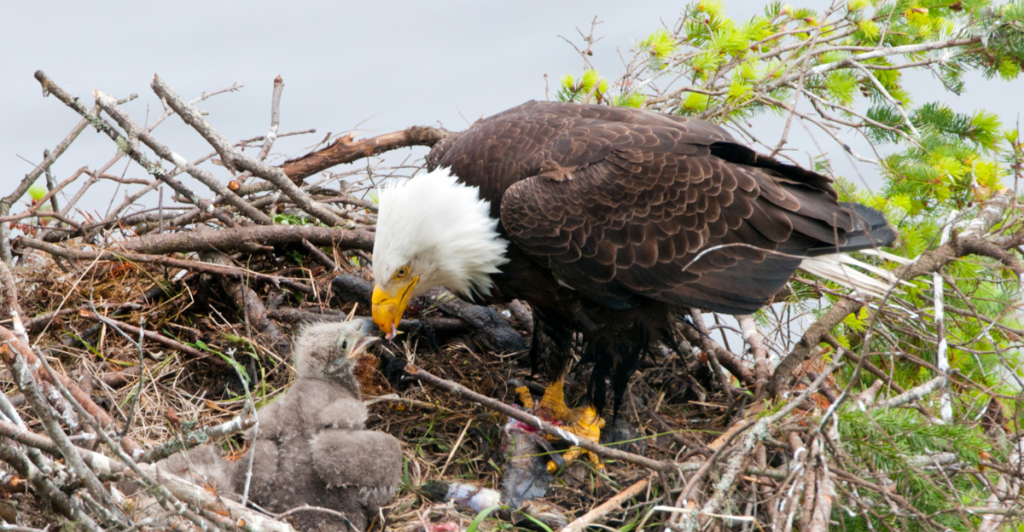
Despite widespread declines, targeted conservation efforts have led to the recovery of certain species. For example, the bald eagle population has rebounded due to legal protections and habitat restoration, demonstrating the potential effectiveness of dedicated conservation initiatives.
Community Science: Public Participation Matters
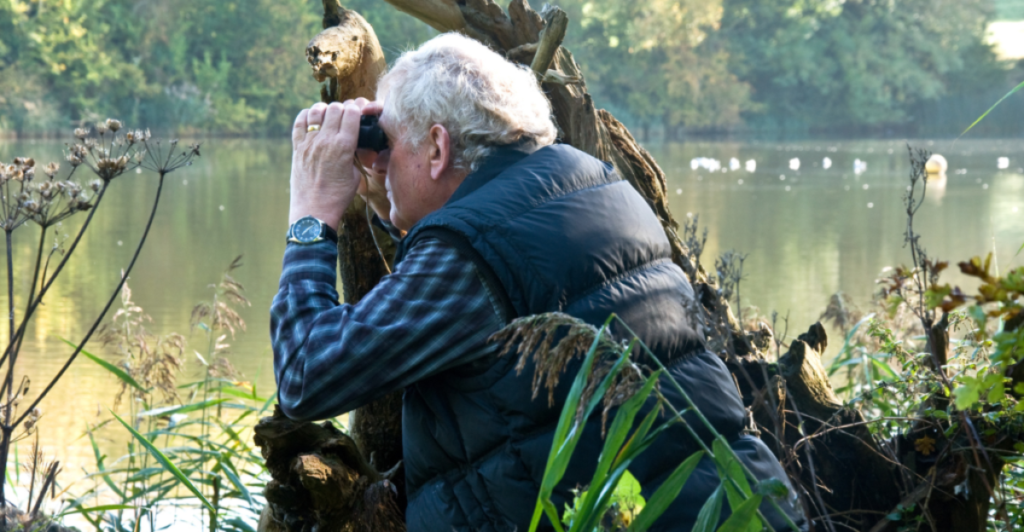
Citizen science programs, such as bird counts and monitoring projects, have been instrumental in collecting data on bird populations. Public involvement in these initiatives enhances conservation efforts and raises awareness about avian declines.
Policy and Legislation: Protecting Avian Species
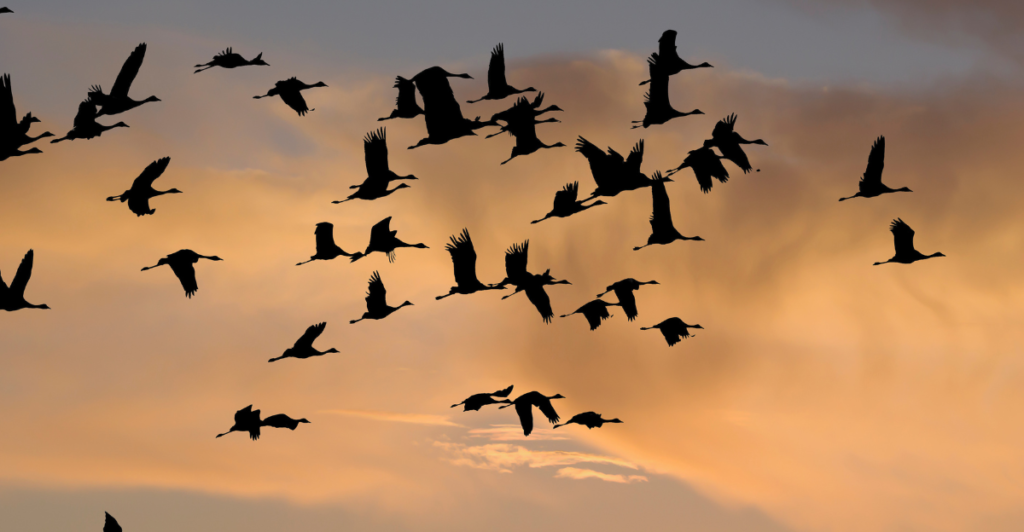
Effective policies and legislation, such as the Migratory Bird Treaty Act, are crucial in protecting bird species. Strengthening and enforcing these laws are vital to mitigating factors contributing to bird declines.
Individual Actions: Making a Difference
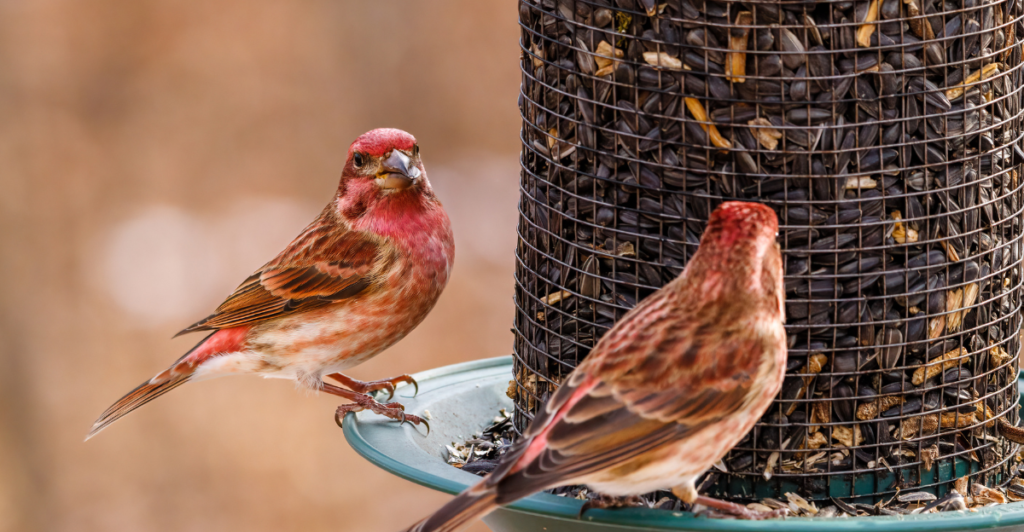
Individuals can contribute to bird conservation by keeping cats indoors, installing bird-friendly window treatments, and supporting habitat restoration projects. Collectively, these actions can significantly reduce threats to bird populations and promote their recovery.
Explore more of our trending stories and hit Follow to keep them coming to your feed!

Don’t miss out on more stories like this! Hit the Follow button at the top of this article to stay updated with the latest news. Share your thoughts in the comments—we’d love to hear from you!







